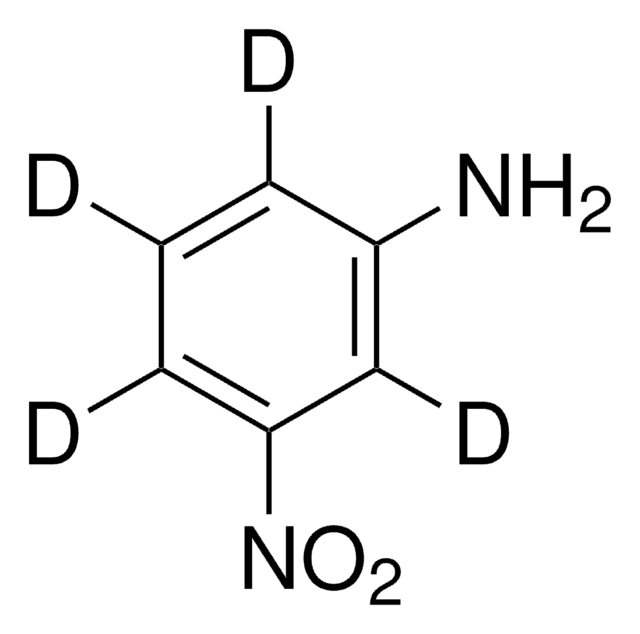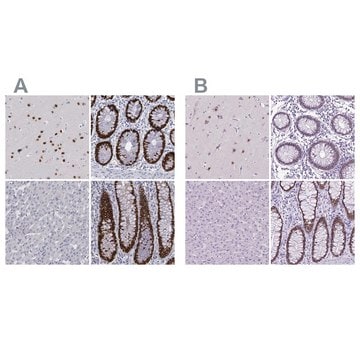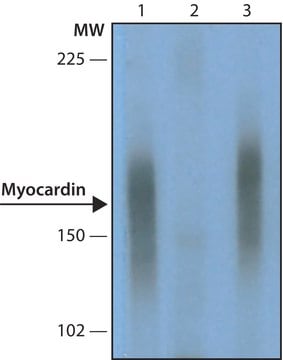Kluczowe dokumenty
155306
N1-(6-Indazolyl)sulfanilamide
98%
Synonim(y):
6-Sulfanilamidoindazole
About This Item
Polecane produkty
Próba
98%
mp
193-195 °C (lit.)
ciąg SMILES
Nc1ccc(cc1)S(=O)(=O)Nc2ccc3cn[nH]c3c2
InChI
1S/C13H12N4O2S/c14-10-2-5-12(6-3-10)20(18,19)17-11-4-1-9-8-15-16-13(9)7-11/h1-8,17H,14H2,(H,15,16)
Klucz InChI
RLNLIVBLEZDLMZ-UHFFFAOYSA-N
Opis ogólny
Hasło ostrzegawcze
Warning
Zwroty wskazujące rodzaj zagrożenia
Zwroty wskazujące środki ostrożności
Klasyfikacja zagrożeń
Eye Irrit. 2 - Skin Irrit. 2 - STOT SE 3
Organy docelowe
Respiratory system
Kod klasy składowania
11 - Combustible Solids
Klasa zagrożenia wodnego (WGK)
WGK 3
Temperatura zapłonu (°F)
Not applicable
Temperatura zapłonu (°C)
Not applicable
Wybierz jedną z najnowszych wersji:
Certyfikaty analizy (CoA)
Nie widzisz odpowiedniej wersji?
Jeśli potrzebujesz konkretnej wersji, możesz wyszukać konkretny certyfikat według numeru partii lub serii.
Masz już ten produkt?
Dokumenty związane z niedawno zakupionymi produktami zostały zamieszczone w Bibliotece dokumentów.
Active Filters
Nasz zespół naukowców ma doświadczenie we wszystkich obszarach badań, w tym w naukach przyrodniczych, materiałoznawstwie, syntezie chemicznej, chromatografii, analityce i wielu innych dziedzinach.
Skontaktuj się z zespołem ds. pomocy technicznej









